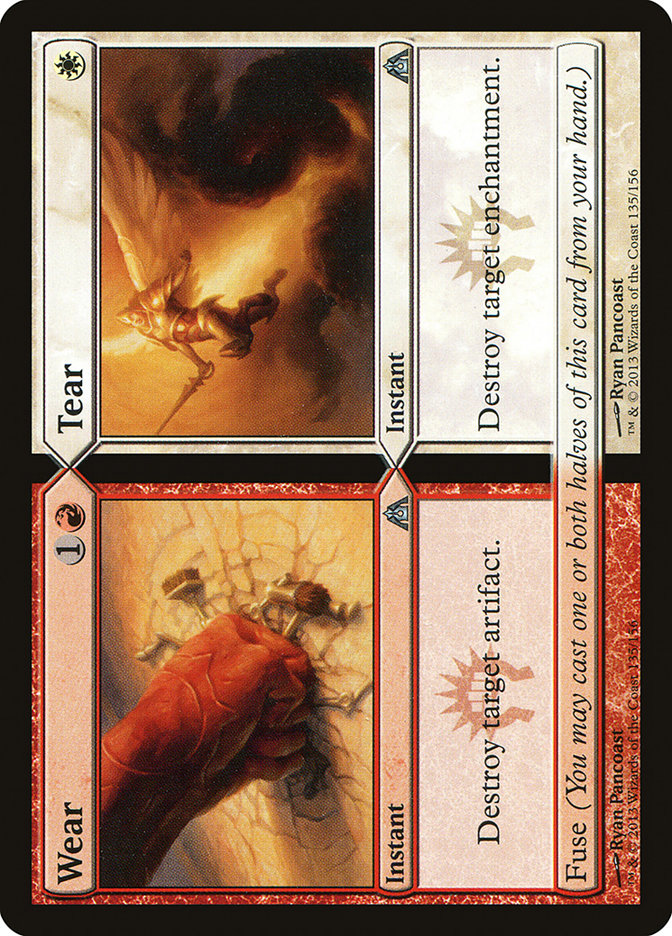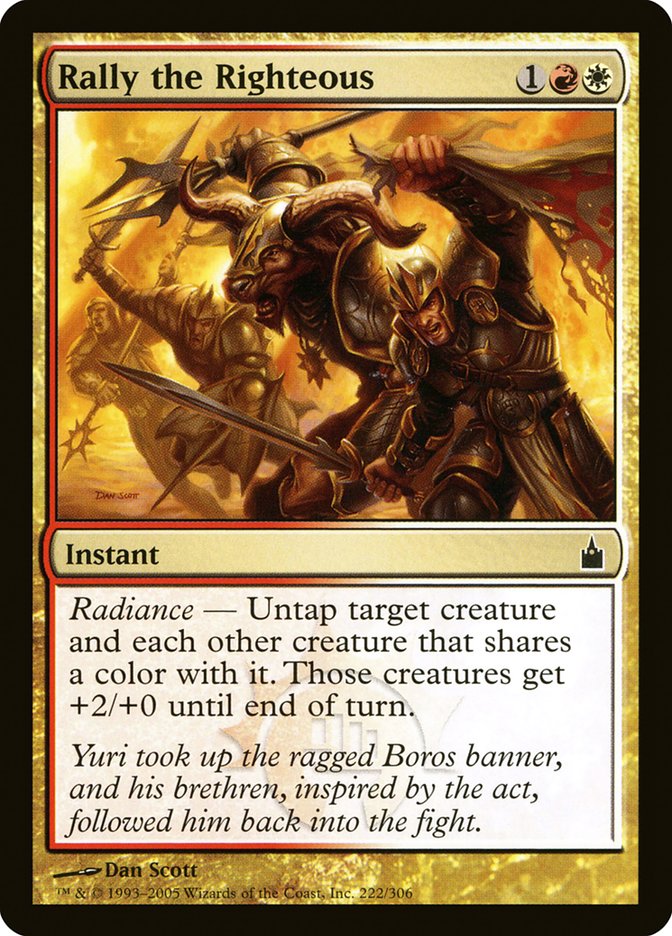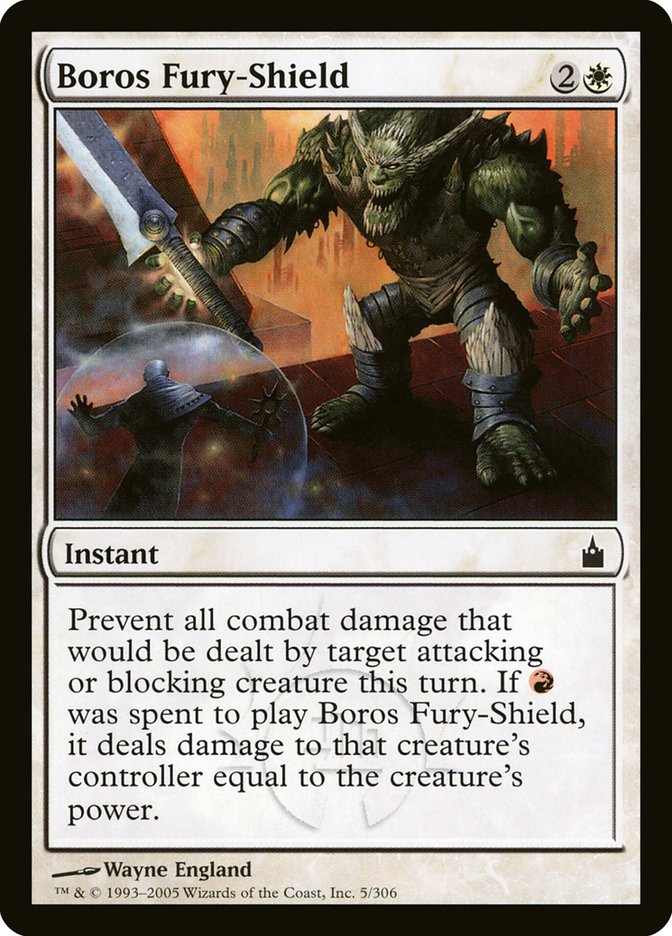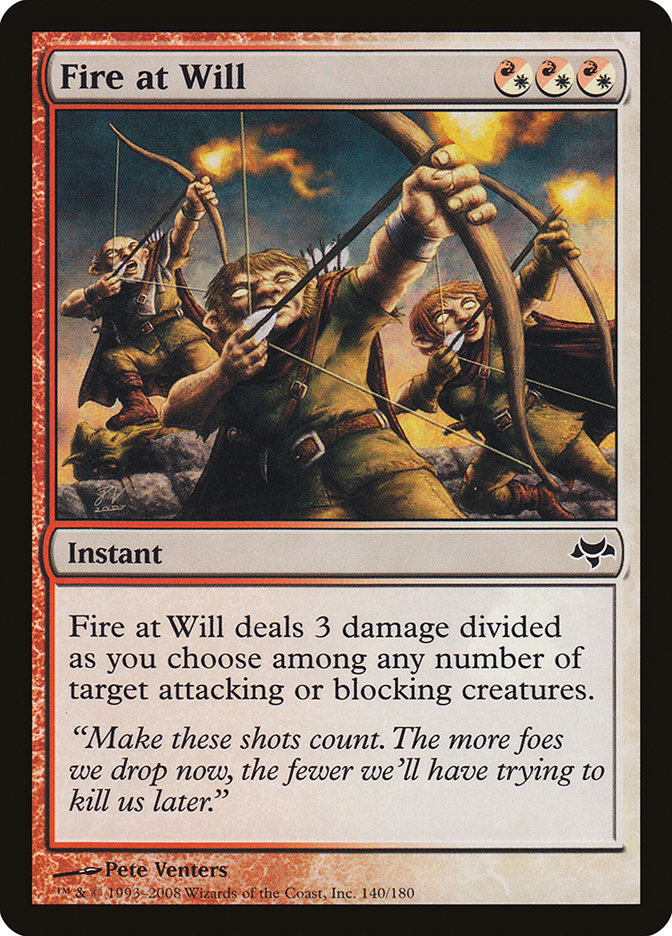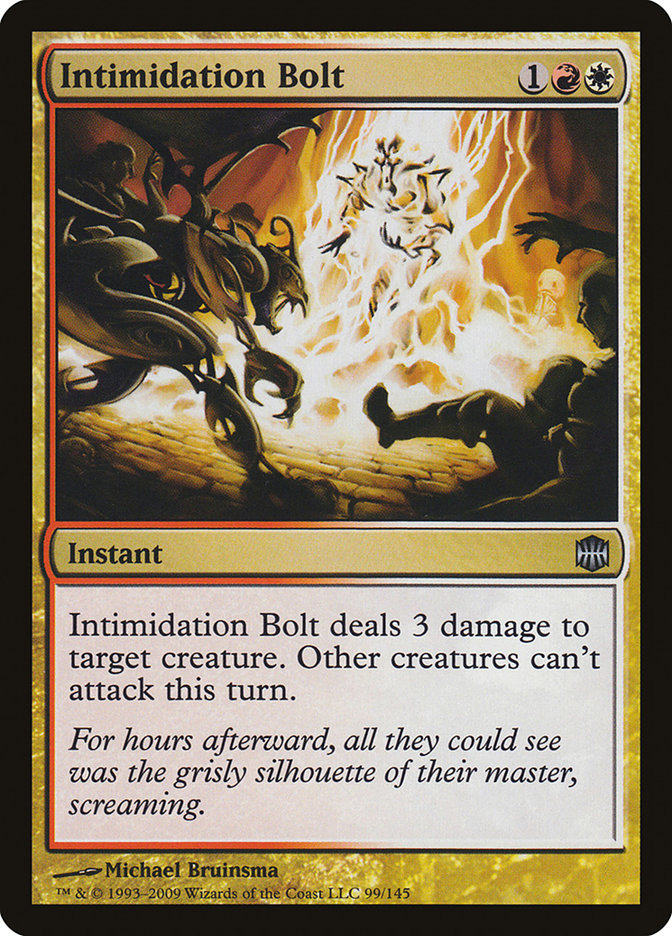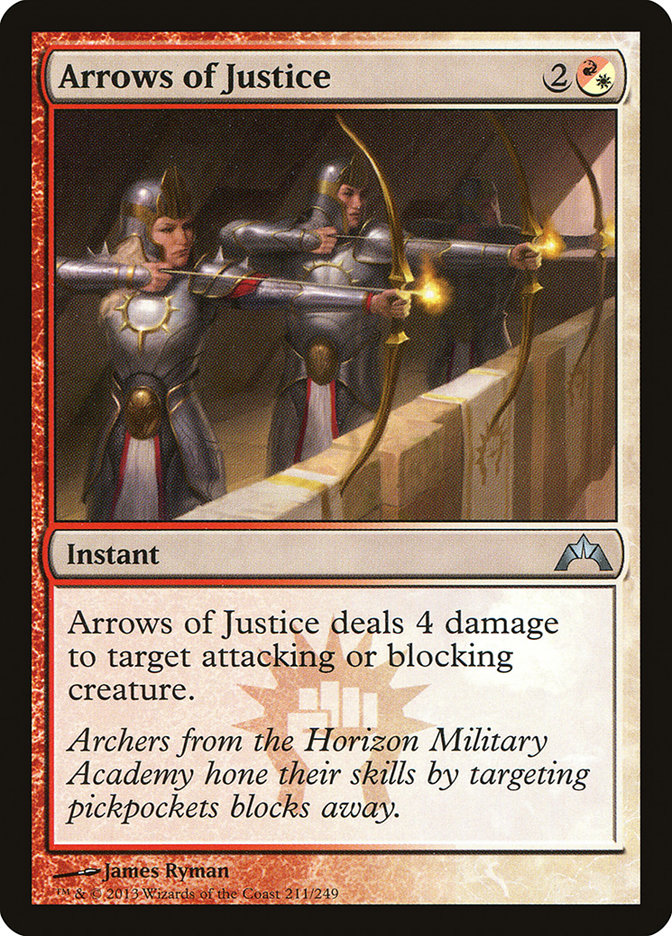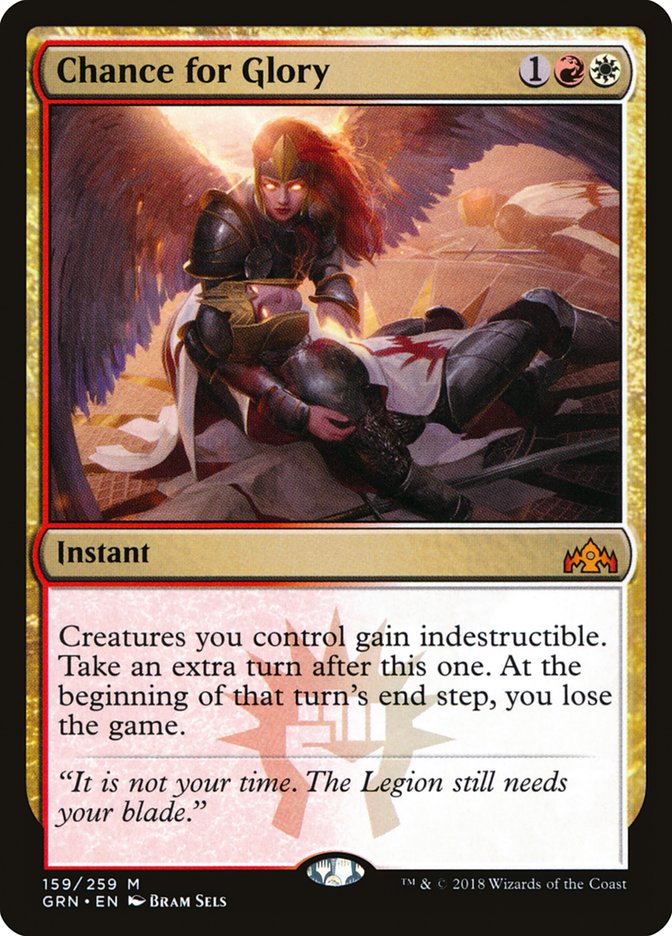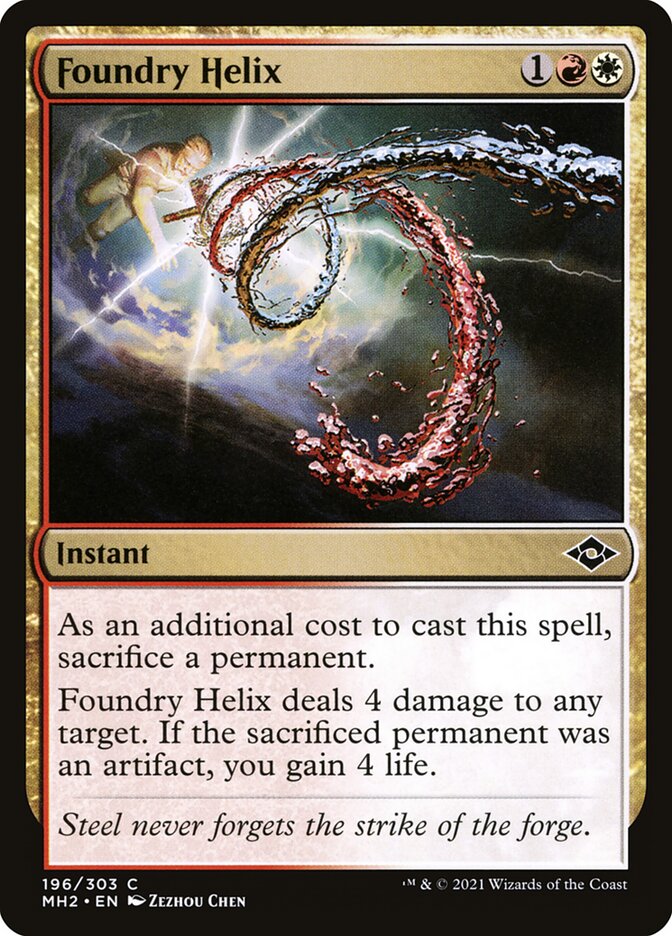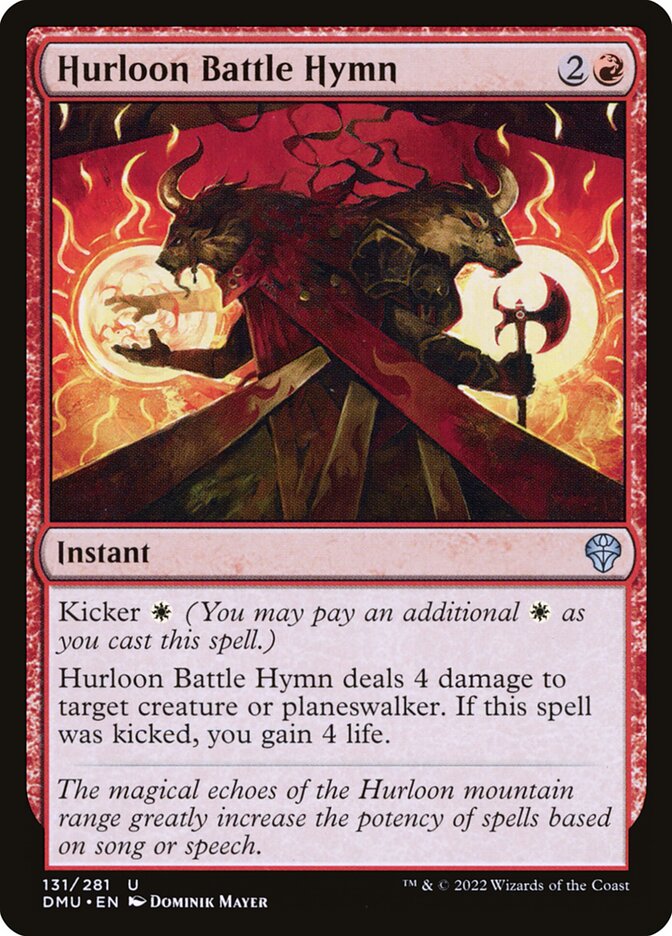Wear // Tear MTG Card
| Card sets | Released in 8 setsSee all |
| Mana cost | |
| Converted mana cost | 3 |
| Rarity | Uncommon |
| Type | Instant |
| Abilities | Fuse |
Text of card
Destroy target enchantment. Fuse (You may cast one or both halves of this card from your hand.)
Cards like Wear // Tear
Wear // Tear might just be one of the most flexible removal options available in MTG, calibrating perfectly with the needs of players who need to handle multiple threats. It often finds itself compared to cards like Disenchant, a classic removal staple that targets either an enchantment or artifact for a lower cost. Yet, Wear // Tear offers the distinct advantage of a split card, allowing you to address two issues simultaneously or separately, depending on your mana availability.
Analogous to this dual-structured card is Destructive Revelry, which brings a little extra oomph to the table with its damage-dealing kicker after destroying an artifact or enchantment. However, Destructive Revelry’s specific mana requirements can make it less versatile than Wear // Tear. We should also highlight Forsake the Worldly, a card that exiles an artifact or enchantment with the additional cycling benefit. While the exile feature is an upgrade, the cycling cost can dampen its immediate impact in comparison to the more mana-efficient Wear // Tear.
Assessing the options, Wear // Tear’s split nature gives it a unique position. It’s not just about removing problems; it’s about doing so with strategic flexibility and efficiency, making it a superior choice for players aiming for optimal gameplay fluidity in MTG.
Cards similar to Wear // Tear by color, type and mana cost
Card Pros
Card Advantage: The split card Wear // Tear provides the option to choose between two different disruption effects, potentially dealing with more than one pertinent threat on the board. This versatility ensures that you’re likely to have an answer to what your opponent is doing, effectively keeping you ahead in the game.
Resource Acceleration: While Wear // Tear does not directly accelerate resources, its low cost allows you to efficiently manage your mana, keeping you ready to deploy other spells without falling behind. This lean mana usage can indirectly accelerate your game plan by effectively managing your available resources.
Instant Speed: The ability to cast Wear // Tear at instant speed gives you significant strategic flexibility. You can efficiently respond to your opponent’s actions during their turn, disrupting their strategy by removing key artifacts or enchantments just when they least expect it.
Card Cons
Discard Requirement: Although Wear // Tear doesn’t directly ask for a discard, its Fuse mechanic means you may end up using another card to maximize value, which could deplete your hand.
Specific Mana Cost: This card requires both red and white mana for its full use which can be restrictive. Decks not supporting these colors can’t utilize the card effectively.
Comparatively High Mana Cost: When fusing both sides, the combined mana cost may be higher than other options for artifact or enchantment removal, possibly making it less mana-efficient in certain situations.
Reasons to Include Wear // Tear in Your Collection
Versatility: Wear // Tear shines for its flexibility, being an efficient way to handle multiple threats on the board. It can target artifacts or enchantments separately or simultaneously, allowing players to adapt to varied board states without using additional cards.
Combo Potential: The dual nature of Wear // Tear opens up combo opportunities in decks that exploit spells with multiple effects. It can also seamlessly fit into strategies that reward casting multiple spells in a single turn or those that benefit from the destruction of your own permanents for a greater gain.
Meta-Relevance: With artifacts and enchantments often being crucial components of powerful decks, Wear // Tear provides essential interaction, staying relevant in virtually every ‘scene’ of play. In formats where players rely on key artifacts or enchantments, having an answer like Wear // Tear can be the difference between victory and defeat.
How to beat
Wear // Tear is a versatile card prevalent in Magic: The Gathering, known for its ability to disrupt opponents by removing key artifacts and enchantments from the board. Facing down this card requires tactical play and smart deck construction, as its instant speed allows players to thwart their opponent’s strategies with surprise and precision. One effective method to counteract Wear // Tear is by using counterspells. Holding up mana for a Counterspell or Dispel can negate the effect of Wear // Tear and protect your valuable artifacts and enchantments from being destroyed or exiled.
Another strategy involves diversifying your threats. Instead of relying heavily on artifacts and enchantments, incorporating a more creature-centric approach can mitigate the impact of Wear // Tear on your game plan. This way, even if some key artifacts or enchantments are removed, you still have other avenues to victory. Additionally, baiting out Wear // Tear with less important artifacts or enchantments can minimize the damage done, saving your crucial pieces for later in the game when your opponent might be out of answers.
Understanding and anticipating an opponent’s potential to play Wear // Tear is half the battle. By carefully weighing your plays, maintaining responses, and diversifying your threats, you can maintain the upper hand and lessen the effectiveness of this disruptive card in your matches.
BurnMana Recommendations
Managing the battlefield in MTG is crucial, and strategic card choices can turn the tide of a game. Wear // Tear embodies adaptability and can be a key asset in your deck, ready to dismantle the threats poised against you. Its dual-purpose nature ensures that you remain one step ahead, keeping your opponent’s artifacts and enchantments at bay. Whether you’re refining your competitive deck or seeking a flexible solution in casual play, understanding the mechanics of this card can give you a significant edge. Dive deeper into deck-building strategies and enhance your play with insight on cards like Wear // Tear. Join the discussion and gain the expertise to claim victory in your next duel.
Where to buy
If you're looking to purchase Wear // Tear MTG card by a specific set like Dragon's Maze and Mystery Booster Retail Edition Foils, there are several reliable options to consider. One of the primary sources is your local game store, where you can often find booster packs, individual cards, and preconstructed decks from current and some past sets. They often offer the added benefit of a community where you can trade with other players.
For a broader inventory, particularly of older sets, online marketplaces like TCGPlayer, Card Kingdom and Card Market offer extensive selections and allow you to search for cards from specific sets. Larger e-commerce platforms like eBay and Amazon also have listings from various sellers, which can be a good place to look for sealed product and rare finds.
Additionally, Magic’s official site often has a store locator and retailer lists for finding Wizards of the Coast licensed products. Remember to check for authenticity and the condition of the cards when purchasing, especially from individual sellers on larger marketplaces.
Below is a list of some store websites where you can buy the Wear // Tear and other MTG cards:
 BUY NOW
BUY NOW BurnMana is an official partner of TCGPlayer
- eBay
- Card Kingdom
- Card Market
- Star City Games
- CoolStuffInc
- MTG Mint Card
- Hareruya
- Troll and Toad
- ABU Games
- Card Hoarder Magic Online
- MTGO Traders Magic Online
See MTG Products
Printings
The Wear // Tear Magic the Gathering card was released in 7 different sets between 2013-05-03 and 2024-03-08. Illustrated by 2 different artists.
| # | Released | Name | Code | Symbol | Number | Frame | Layout | Border | Artist |
|---|---|---|---|---|---|---|---|---|---|
| 1 | 2013-05-03 | Dragon's Maze | DGM | 135 | 2003 | Split | Black | Ryan Pancoast | |
| 2 | 2020-03-08 | Mystery Booster Retail Edition Foils | FMB1 | 97 | 2003 | Split | Black | Ryan Pancoast | |
| 3 | The List | PLST | DGM-135 | 2003 | Split | Black | Ryan Pancoast | ||
| 4 | 2020-11-20 | Commander Legends | CMR | 456 | 2015 | Split | Black | Ryan Pancoast | |
| 5 | 2022-09-09 | Dominaria United Commander | DMC | 174 | 2015 | Split | Black | Ryan Pancoast | |
| 6 | 2023-04-21 | March of the Machine Commander | MOC | 343 | 2015 | Split | Black | Ryan Pancoast | |
| 7 | 2024-03-08 | Fallout | PIP | 750 | 2015 | Split | Black | Diego Gisbert | |
| 8 | 2024-03-08 | Fallout | PIP | 222 | 2015 | Split | Black | Diego Gisbert |
Legalities
Magic the Gathering formats where Wear // Tear has restrictions
| Format | Legality |
|---|---|
| Commander | Legal |
| Legacy | Legal |
| Modern | Legal |
| Oathbreaker | Legal |
| Vintage | Legal |
| Duel | Legal |
| Pioneer | Legal |
Rules and information
The reference guide for Magic: The Gathering Wear // Tear card rulings provides official rulings, any errata issued, as well as a record of all the functional modifications that have occurred.
| Date | Text |
|---|---|
| 2013-04-15 | If a player names a card, the player may name either half of a split card, but not both. A split card has the chosen name if one of its two names matches the chosen name. |
| 2013-04-15 | If you cast a split card with fuse from your hand without paying its mana cost, you can choose to use its fuse ability and cast both halves without paying their mana costs. |
| 2013-04-15 | If you're casting a split card with fuse from any zone other than your hand, you can't cast both halves. You'll only be able to cast one half or the other. |
| 2013-04-15 | On the stack, a split spell that hasn't been fused has only that half's characteristics and mana value. The other half is treated as though it didn't exist. |
| 2013-04-15 | Some split cards with fuse have two halves that are both multicolored. That card is multicolored no matter which half is cast, or if both halves are cast. It's also multicolored while not on the stack. |
| 2013-04-15 | Some split cards with fuse have two monocolor halves of different colors. If such a card is cast as a fused split spell, the resulting spell is multicolored. If only one half is cast, the spell is the color of that half. While not on the stack, such a card is multicolored. |
| 2013-04-15 | To cast a fused split spell, pay both of its mana costs. While the spell is on the stack, its mana value is the total amount of mana in both costs. |
| 2013-04-15 | When a fused split spell resolves, follow the instructions of the left half first, then the instructions on the right half. |
| 2013-04-15 | When resolving a fused split spell with multiple targets, treat it as you would any spell with multiple targets. If all targets are illegal when the spell tries to resolve, the spell doesn't resolve and none of its effects happen. If at least one target is still legal at that time, the spell resolves, but an illegal target can't perform any actions or have any actions performed on it. |
| 2013-04-15 | You can choose the same object as the target of each half of a fused split spell, if appropriate. |
